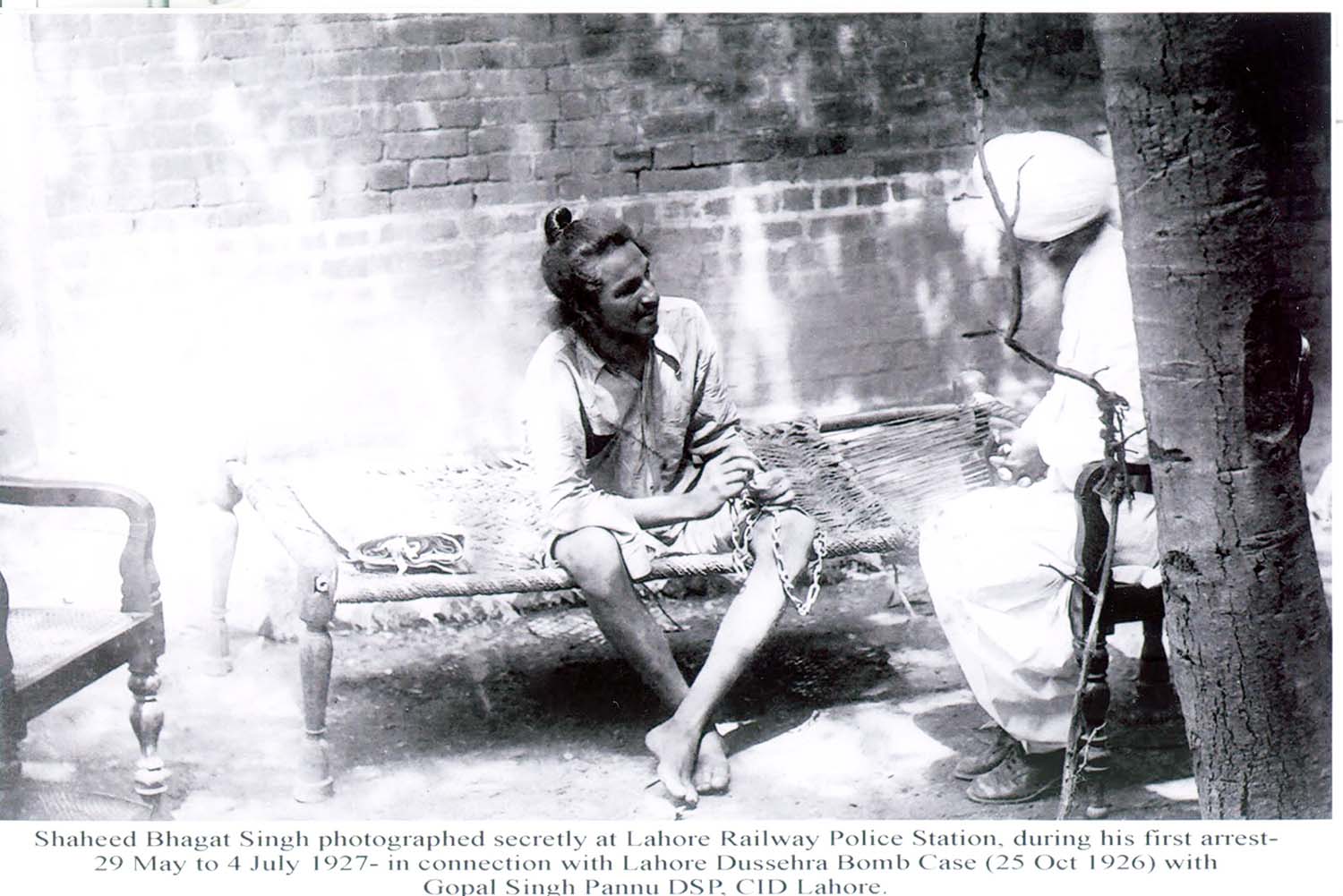In his new book, Revolutionaries: The Other Story of How India Won Its Freedom, economist and writer Sanjeev Sanyal paints a fascinating portrait of world that is unafraid of the gallows. A chain of revolutionary activities simmers right under the surface that is being occupied by the non-violent struggle for independence. And by the end of World War 2, the British must face the facts that these movements are not solitary acts of defiance; nor are they a result of misguided youths inspired from nebulous doctrines. In an interview with News18, Sanyal explains how organised movements with networks around the world conspired to overthrow the Colonial government to attain complete independence. Excerpts:
You have brought forth the untold history of Indian independence in this book. Did their actions lend themselves to a thrilling prose writing?
It is a thrilling story of international intrigue, assassination plots, world wars, incredible bravery and diabolical treachery. And, it is all true! So, it does indeed lend itself to thriller-style prose writing. The cover tries to capture that mood.
We keep hearing about heroes who were never written about. However, you have argued that these revolutionaries were known and talked about in the later years. But their acts were seen as isolated rebellions of no significance.
The armed resistance to the British colonial occupation of India is at least as important as the non-violent movement. The names of Subhas Bose, Chandra Shekar Azad, Bhagat Singh and Bagha Jatin are still remembered. Unfortunately, the mainstream narrative gives the impression that their activities were random acts of individual resistance that did not add up to much.
Sachindra Nath Sanyal comes across as a revolutionary who was visionary in many ways about how independence can be won and about the future of the country.
Sachindra Nath Sanyal is a legendary figure who was a mentor to three generations of revolutionaries. He was also the author of the constitution of the Hindustan Republican Association that declared for the first time in 1923 that independent India would be a democratic republic based on universal suffrage. Remember that at this stage the Indian National Congress was still demanding dominion status, and even Britain had not given women the vote.
How do you see someone like Shaukat Ali who was a supporter of Sanyal but later goes on to join the Muslim League?
Sachindra Nath Sanyal was suspicious of the Khilafat Movement as he did not like the idea of mobilising the Muslim community based on affiliations outside the country. Sanyal would have always preferred patriots like Ashqafullah Khan over Shaukat Ali.
You’ve ensured that the non-violent movement is not demonized or turned reductive in its role in the freedom movement. How do you see the current distinction being done on social media between these two approaches? It’s in the shades of either black or write, good or bad.
The armed resistance and the non-violent movement cannot be separated neatly. Many revolutionaries from Aurobindo Ghosh to Subhas Bose participated actively in the Indian National Congress. Indeed, as Subhas Bose demonstrated, they could even win elections within the Congress against the Gandhians. Therefore, the freedom struggle can only be understood properly when both branches are taken into account.
Another fascinating aspect is the role of Hindu religion in inspiring these revolutionaries. At the same time their comrades included Marxists who were staunch atheists.
Hindu religious imagery played a very important role in the freedom struggle, especially in the armed resistance. The revolutionaries would often be initiated by taking a vow before an image of Goddess Kali/Bhawani/Durga while holding a revolver in one hand and a Bhagwad Geeta in the other. Similarly, the Arya Samaj was a important source of volunteers. Till 1930, there were very few Marxists in India and even Bhagat Singh would write on death-row that he was virtually the only atheist in the movement.
Marxist ideas spread in the 1930s and some would leave the revolutionary movement to join the Communist Party of India. The CPI was under the control of British/Russian Communists who would encourage the new recruits to collaborate with the colonial government. However, some Marxists retained the spark of resistance – and they would later set up the Revolutionary Socialist Party.
Finally, Mahatma Gandhi calling off the non-cooperation movement was a definitive moment in history. Many revolutionaries grew disillusioned with his ways after it ended. Was there space for a completely different alternative history had the movement gone on as it did initially?
It is impossible to know what would have happened if Gandhi had not abruptly withdrawn the movement after Chauri-Chaura. It is possible that Britain would been forced to give India freedom as early as the 1920s. This is what happened in Ireland. However, some completely different sequence of events may have also taken place. What we know for sure is that many revolutionaries, and even Congress stalwarts, were deeply disappointed by Gandhi’s decision.
This is Sanjeev Sanyal’s second book in three months. Here, talks about his last book Iconic Indians:


























